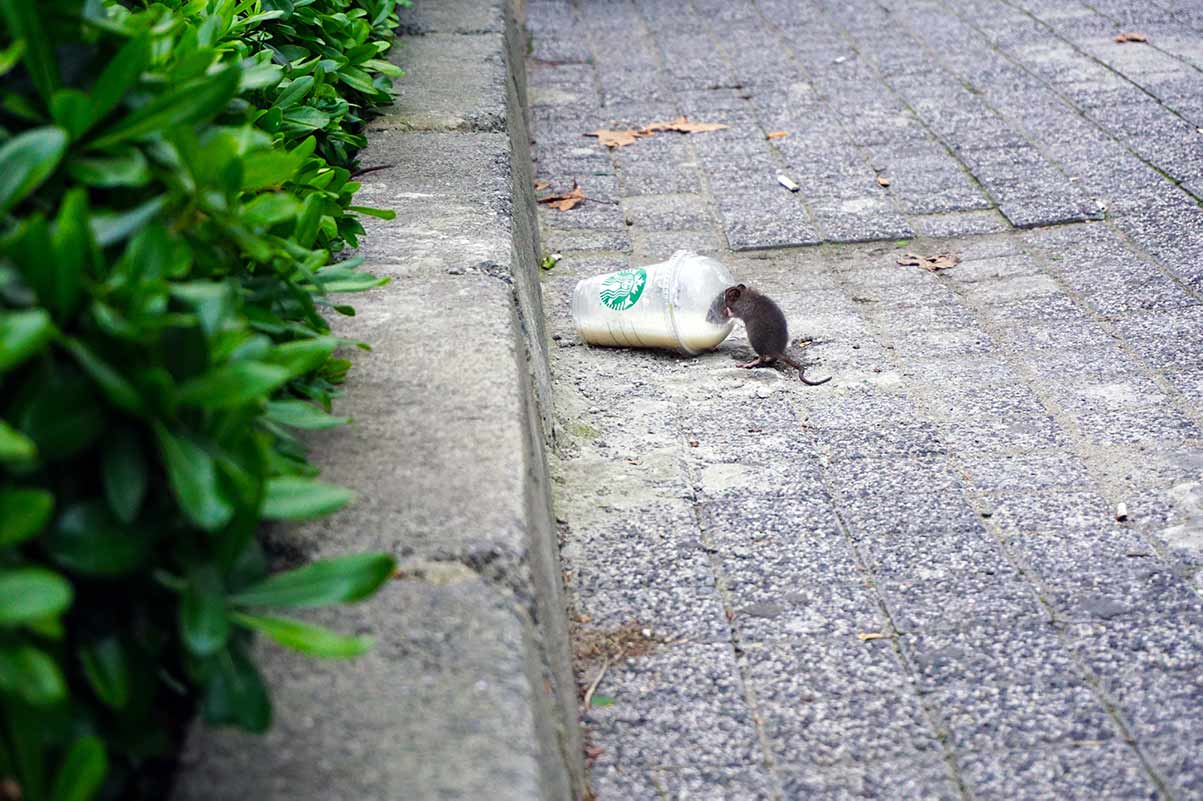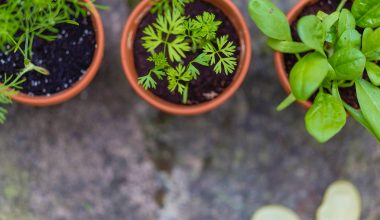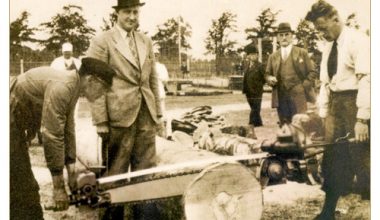Rat poison can obviously be very effective in killing rodents, but as it has become more extensively used, wider environmental effects have become apparent. In this article, we’ll take a look at how it can affect wild animals both directly and indirectly.
There are several different types of rat poison available, and they can be broadly put into three categories: First-generation Anticoagulants, Second-generation Anticoagulants, and Non-Anticoagulants.
It’s important to remember that all rodenticides (rat poison) are designed to attract animals. Unfortunately, that is a requirement for them to function well for killing rats. When an animal is poisoned as a result of eating the poison itself, we refer to it as primary poisoning. When another animal eats the carcass of a poisoned rodent, we refer to that as secondary poisoning.
Primary Poisoning Of Animals
| Rodenticide | Type | Oral Toxicity | Days of feeding needed |
| Warfarin | Anticoagulant – Gen 1 | Moderate – High | multiple |
| Chlorophacinone | Anticoagulant – Gen 1 | High | multiple |
| Diphacinone | Anticoagulant – Gen 1 | High | multiple |
| Bromadiolone | Anticoagulant – Gen 2 | High | single |
| Difethialone | Anticoagulant – Gen 2 | High | single |
| Brodifacoum | Anticoagulant – Gen 2 | High | single |
| Bromethalin | Non-anticoagulant | High | single |
| Cholecalciferol | Non-anticoagulant | High | multiple |
| Zinc phosphide | Non-anticoagulant | High | single |
| Strychnine | Non-anticoagulant | High | single |
The table above, summarized from the National Pesticide Information Center, helps to summarize the toxicity of various types of rat poison. While all of them are toxic, the most dangerous as those that require only a single feeding.
These chemicals pose a significant threat to pets and wildlife in particular, as a single dosage can prove fatal. While the multiple feeding poisons are also dangerous to wildlife and pets, there is a greater chance that a single feeding will not prove fatal to the animal.
If you discover a pet as consumed any of these poisons, you should contact a vet immediately. Always use good quality bait stations to keep pets and wildlife away from rodenticides, and never use your poison for more than a few weeks at a time.
Secondary Poisoning
While it is often considered to be a problem for wildlife like hawks and predatory mammals, secondary poisoning is also a risk for pets too. Dead or dying rodents can prove to be a tasty treat for dogs and cats, and depending on the rat poison you have used, that can be a big problem.
| Rodenticide | Secondary risk to birds | Secondary risk to mammals |
| Warfarin | low risk | low risk |
| Chlorophacinone | low risk | high risk |
| Diphacinone | moderate risk | high risk |
| Bromadiolone | moderate risk | high risk |
| Difethialone | high risk | high risk |
| Brodifacoum | high risk | high risk |
| Bromethalin | low risk (based on limited evidence) | low risk (based on limited evidence) |
| Cholecalciferol | low risk (based on limited evidence) | low risk (based on limited evidence) |
| Zinc phosphide | low risk | low risk |
| Strychnine | possible (insufficient data) | possible (insufficient data) |
This second table helps to highlight the specific risks of secondary poisoning for the various types of rat poison. Due to their slightly different biology, there are differences in the effects on birds and mammals.
Generally, the non-anticoagulant group has the most reduced risk of secondary poisoning. The downside of these poisons is that they also have the highest risk of primary poisoning. If they are secured inside a good quality bait box, however, they do offer some of the most reduced risks to secondary poisoning of wildlife.
Will Rat Poison Kill?
Raccoons
Raccoons are certainly threated by rat poison, as they are capable of being poisoned by both primary and secondary methods. They are adept at tampering with bait stations, and you will need a quality tamper-proof bait station to keep them out.
Possums
Possums, like raccoons, are also threated by both primary and secondary poisoning from rat poison. Any poison left in the open will certainly attract them, and as scavengers, they are likely to feed on dead rat carcasses as well.
Squirrels
Many folks love Squirrels, and will be sad to hear that they are at great risk when it comes to rat poison. The biggest issue is their size – which is very similar to that of a rat. This means it’s very difficult to keep squirrels out of bait stations. As a general rule, you should not use rat poison near wild squirrel populations.
Chipmunks
Another dearly loved animal, chipmunks, like squirrels, also have a specific susceptibility to rat poison. Again, they are small in size, so can easily get into bait stations to feed on poison. While the secondary poisoning risk to the chipmunk is low, their carcasses can in turn pose secondary poisoning risks to hawks and raptors.
Conclusion
Although effective, rat poison is very potent, and can cause widespread damage to wildlife and pets. You should always understand and consider the wider environment you are using it in before you start. Will there be children? Will there be pets? Are there secondary poisoning risks to think about? Understanding these can be complex, and you should always read and understand the directions. If you aren’t sure, consider hiring a professional.






